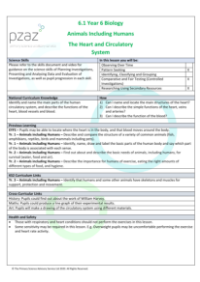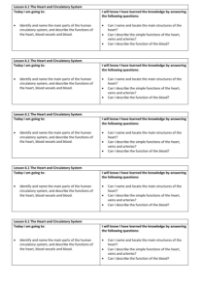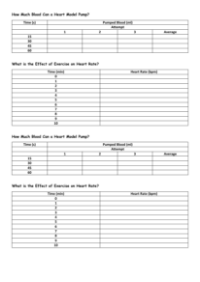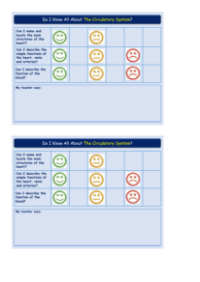The Heart and the Circulatory System - Heart Labelling Diagram
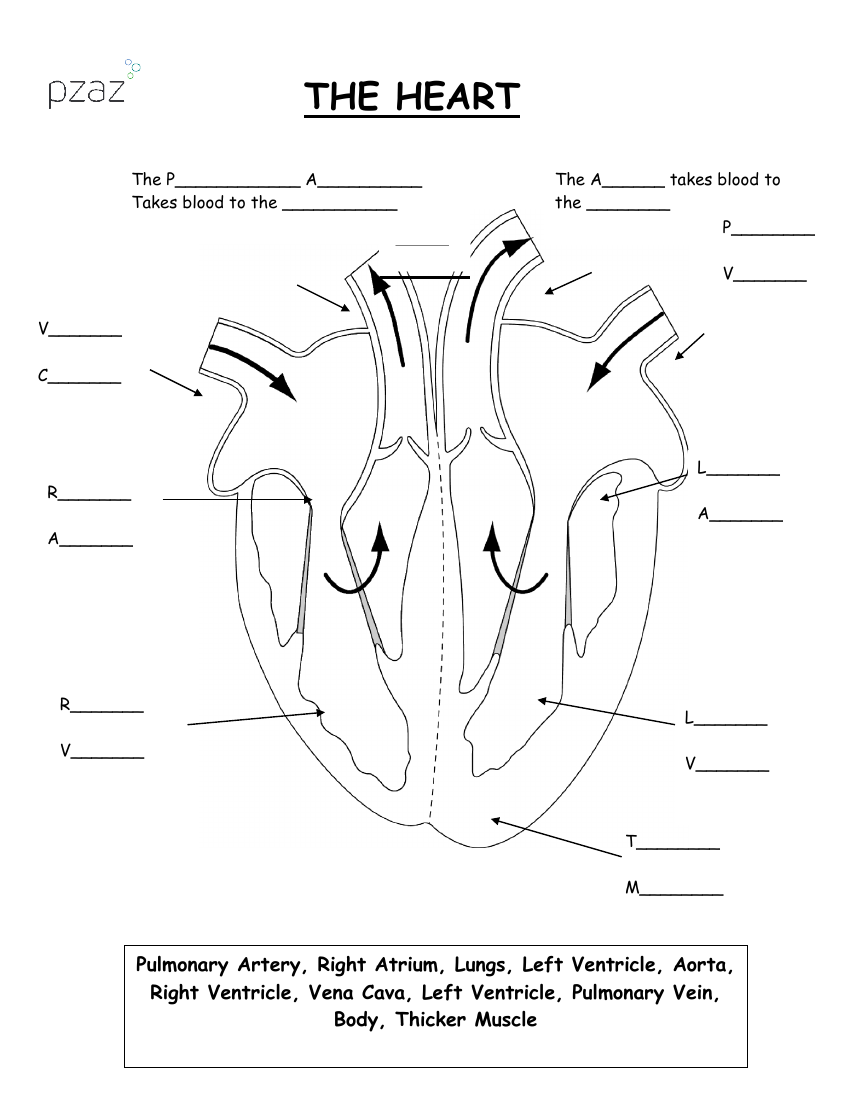
The human heart is a central organ in the circulatory system, and understanding its structure is key to comprehending how blood circulates throughout the body. A heart labelling diagram serves as an educational tool to identify the various parts of the heart and their functions. The upper chambers of the heart are known as atria, with the Right Atrium receiving deoxygenated blood from the body through large veins called the Vena Cava. The lower chambers, called ventricles, pump blood out of the heart; the Right Ventricle sends blood to the lungs via the Pulmonary Artery for oxygenation.
Once the blood is oxygenated in the lungs, it returns to the heart, entering the Left Atrium through the Pulmonary Vein. It then moves into the Left Ventricle, which has Thicker Muscle walls to pump oxygen-rich blood into the Aorta, the body's largest artery, and from there to the rest of the body. The circulatory loop is completed as oxygen-depleted blood returns to the heart, ready to be sent back to the lungs for a fresh supply of oxygen. This continuous flow is crucial for delivering oxygen and nutrients to tissues and organs, as well as for removing waste products from the body.

